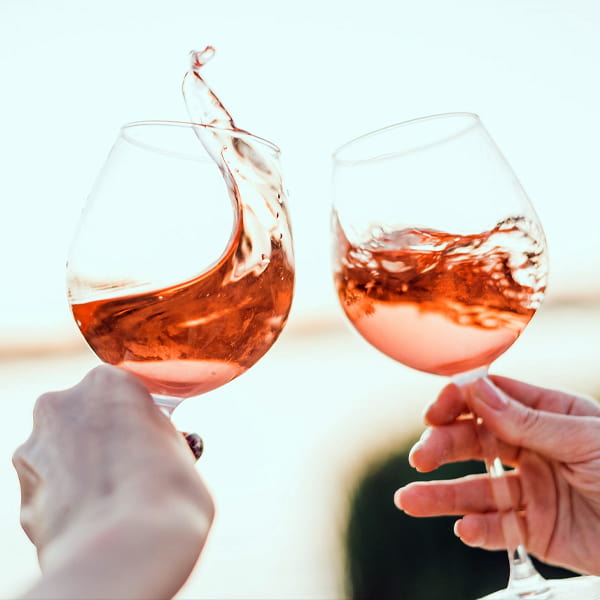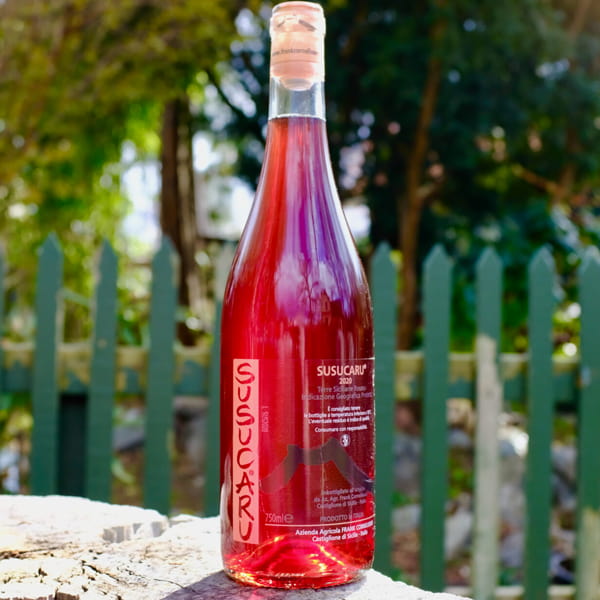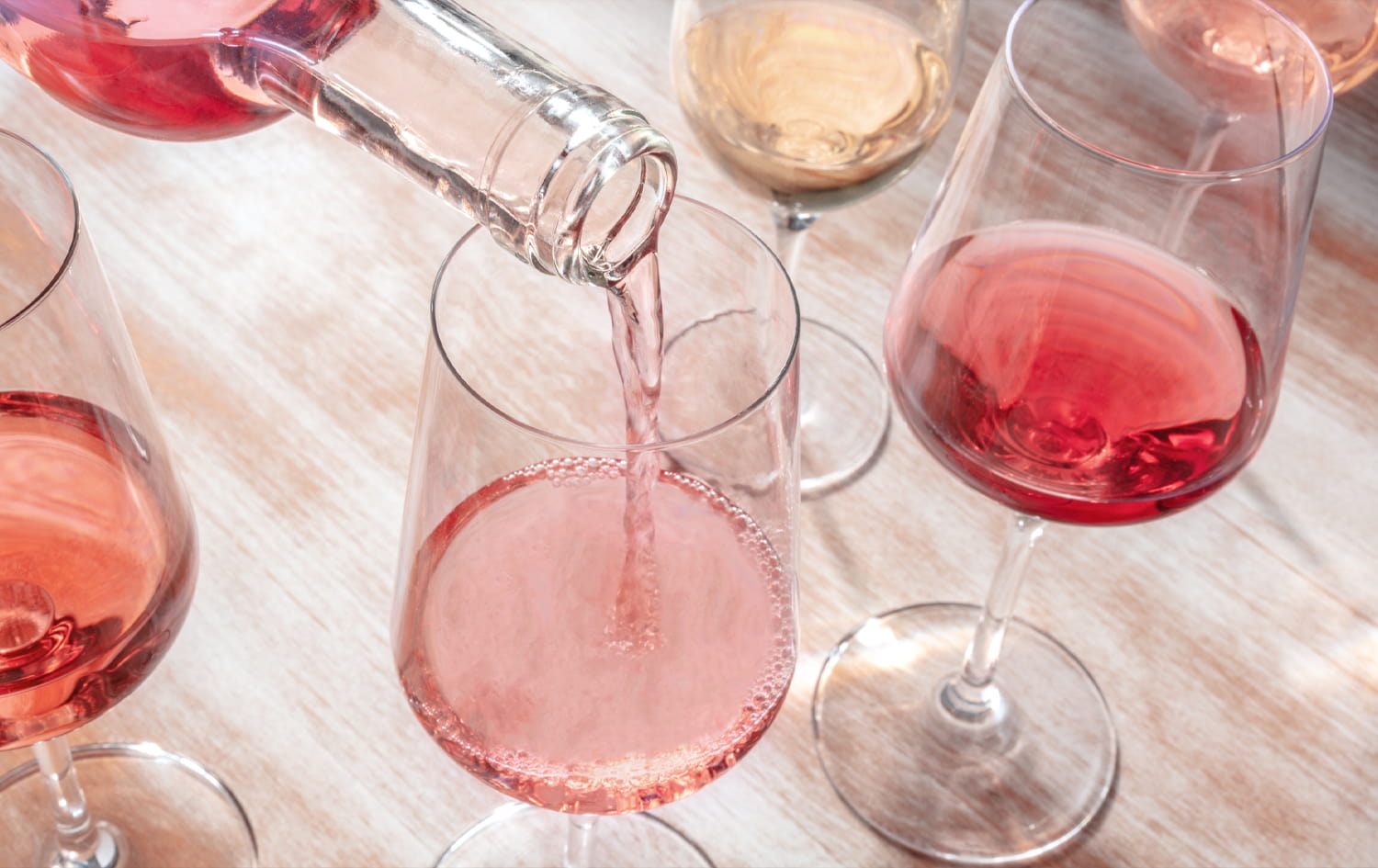What is it about Rosé wine that has us enchanted, you ask? It’s a cocktail of factors, all beautifully intertwining, creating an irresistible allure that makes this pink potion so special. Is it the blushing pink hue, reminiscent of balmy summer sunsets and fleeting moments of romance? Or the sensation each sip brings, delightfully refreshing, carrying us off on a sensory journey through orchards and vineyards, all encased within a wine glass? As we delve deeper into the fascinating world of Rosé wines, we uncover its hidden mysteries and in the process, elevate our appreciation for this captivating nectar.
The Attraction of Rosé: Its Unique Characteristics
Rosé, nestled in that delightful middle ground between the robust intensity of reds and the sharp, light crispness of whites, casts a spell over wine enthusiasts the world over. It’s the charming ambiguity of Rosé that adds to its allure; it’s not quite red, not quite white. It’s a category of its own, combining the finest aspects of both spectrums, leading to an amalgamation that makes every sip a unique, multisensory experience. It introduces an entirely new palette of flavours, bridging the gap between two distinct worlds of wine, creating a harmonious symphony of taste that stands out in the vast universe of wines.
Minimal Intervention: A Testament to Authenticity
The charm of Rosé extends beyond its striking colour. At its heart, it’s an authentic representation of the grape and the terroir it’s born from. Rosé winemakers are artisans, prioritising minimal intervention. They forgo fining and filtration and refrain from adding sulfites. This approach is a testament to their commitment to preserve the original expressiveness of the grape, the unadulterated essence of the wine.
Fun Fact: The blush of the Rosé is the result of limited contact with grape skins during the winemaking process!


Bursting with Fruity Flavours: The Signatures of Rosé
Uncorking a bottle of Rosé, like the delightful Jung & Sexy Pet-Nat or the refreshing Vivanterre, PetNat Rosé, feels akin to invoking summer itself. The wine bursts forth with an explosion of vibrant fruit flavours; strawberries, raspberries, cherries and more, all dancing in the glass – a veritable fruit salad in liquid form. Each bottle of Rosé sings its unique melody, be it the beautifully harmonised B’Rose 2021 or the riotously fruity Susucaru Rosato 2021.
Ultimately, every bottle of Rosé tells a tale, a narrative of the land, the grape, and the people behind it. It’s a love letter to minimal intervention, a testament to authenticity, and a celebration of taste. So, let us raise our glasses to the captivating journey that is Rosé – a journey that’s as delightful, nuanced, and beautiful as the wine itself.
Low Alcohol Content: A Gentle Invitation to Wine Exploration
In the vast and somewhat daunting world of wines, Rosé stands as an accessible entryway. Unlike other robust varieties that may overwhelm novices with their potent alcohol content, Rosé takes a softer approach. With its typical ABV hovering around 12%, it offers a gentler introduction to this rich, sensory universe. It’s like dipping one’s toes into the wine pool, so to speak, before diving into the deep end. Take, for instance, the tantalisingly refreshing Sigilo Desañé Rosé – Brut Nature. It serves as the perfect initiation for those venturing into the wine world, making the journey less intimidating and more enjoyable.
Sustainable Practices: Nurturing the Land and the Vines
Another aspect adding to the appeal of Rosé is its inherent respect for Mother Nature. It’s not just about crafting a sensory delight; it’s about nurturing the vines and the land that make this joy possible. Numerous Rosé winemakers employ sustainable practices, championing organic or biodynamic farming methods. These methods do more than just cultivate grapes; they foster a respectful relationship with the land, ensuring its fertility for generations to come. One way to support these mindful producers is to make your purchases from places like Pure Wines, an online wine shop that curates its offerings from such thoughtful vintners. It’s about choosing a drink that respects the environment as much as it satiates your senses.
In Conclusion
The rising popularity of Rosé tells a story of a transforming wine culture – one that prizes authenticity, embraces sustainability, and celebrates diversity. The lure of Rosé lies in its ability to be so many things at once – a captivating drink, an environmental steward, and a welcoming host to the world of wines. Whether you’re a seasoned wine connoisseur or a curious novice taking your first sip, Rosé offers something to relish. So go ahead, add a splash of pink to your life – because there’s always room for a bit more colour, a bit more joy, and a bit more Rosé.
FAQs
1) Is Rosé sweet?
Rosé can range from dry to sweet, depending on the style.
2) What’s a good food match for Rosé?
Rosé pairs beautifully with seafood, poultry, and cheese.
3) How is Rosé’s pink colour achieved?
The pink colour comes from limited skin contact during winemaking.
4) What’s the typical alcohol content in Rosé?
Rosé usually has a lower alcohol content, around 12% ABV.
5) Can Rosé be enjoyed year-round?
Absolutely, Rosé is not just for summer, but a wine for all seasons.


